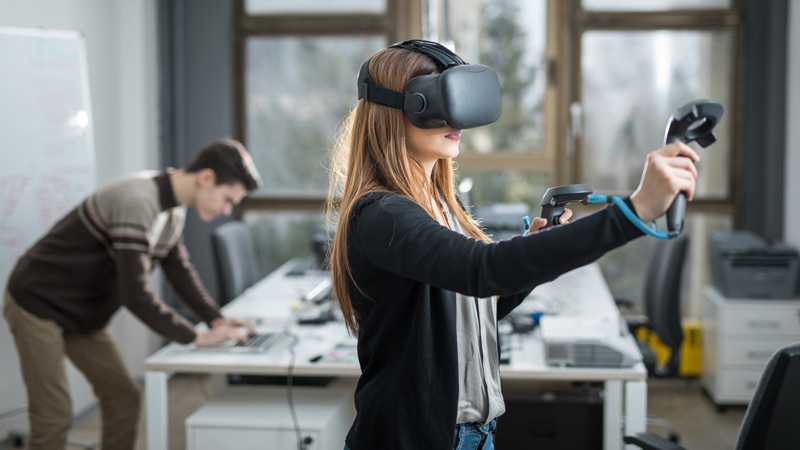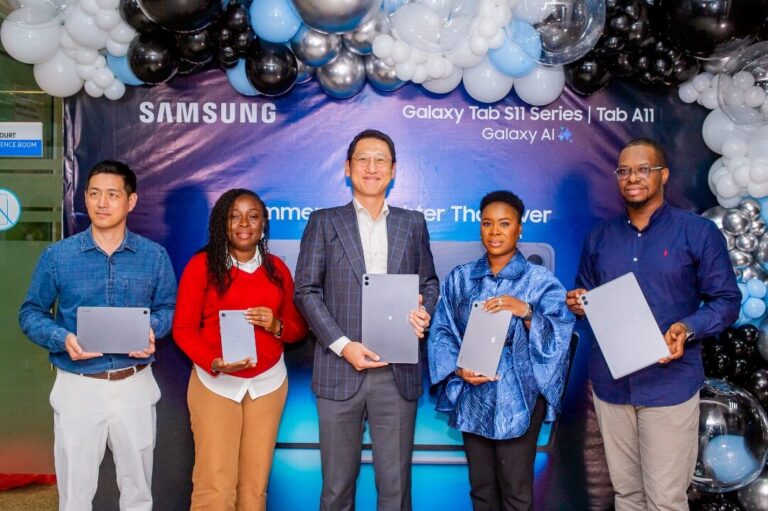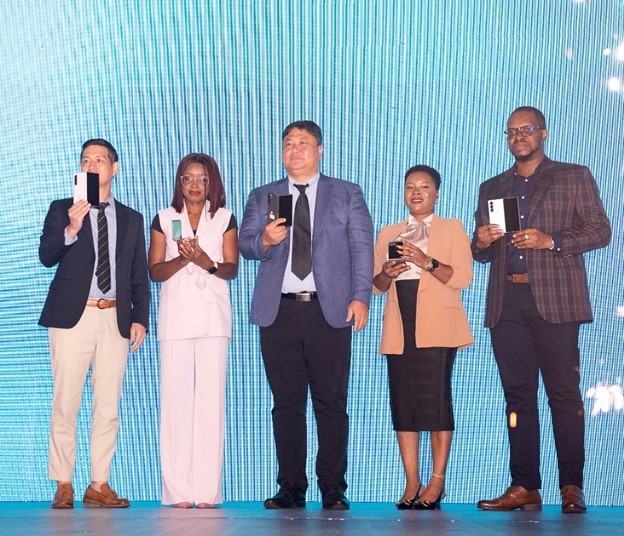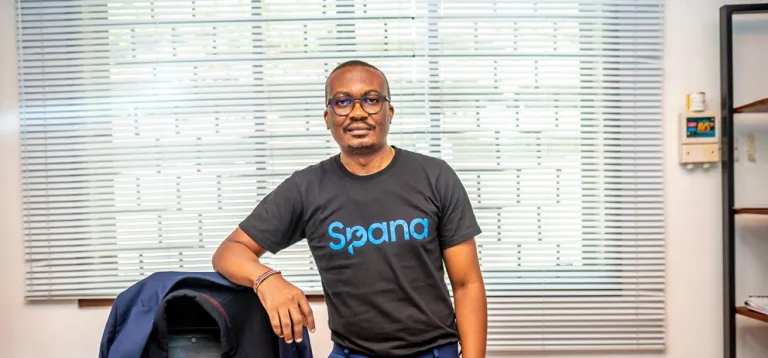5 Virtual Reality Startups to Watch in 2021

As the market for Virtual Reality (VR) is growing rapidly, these are the 5 VR Startups to Watch in 2021
Written By Adriaan Brits
The market for virtual reality (VR) and augmented reality (AR) technology, which uses advanced displays and movement-tracking to immerse its users in a particular experience, is set to grow at a rapid clip in the coming years due to a number of factors.
VR creates three-dimensional environments that can be used for everything from entertainment to house shopping to surgery. AR technology is similar and enhances, or augments, the real world through computer-generated perceptual information such as graphics rather than creating completely virtual worlds.
Examples of the usefulness of VR and AR abound. Instead of playing games on a two-dimensional screen in front of them, players can interact with each other in a virtual world that’s all around them. Mechanics, field workers, and even soldiers can use VR for more realistic training than they could ever get from a book, lecture, or video.
Engineers can design and interact with virtual products before creating physical prototypes, dramatically cutting costs and speeding time to market. And anyone can “travel” to virtual locations they would never be able to visit in real life.
Because of these and a myriad of other applications, the VR and AR market — which consists largely of equipment like headsets, bodysuits, and gloves, along with accompanying software — was valued at $15.8 billion in 2020 and is forecast to grow at a compound annual rate of 18% from 2021 to 2028. As a result, the industry is rife with opportunities for startups.
Alloverse ($347,000 in Total Funding)
This Swedish company has jumped on the work-from-home trend — accelerated tremendously by COVID-19 — and developed an open-source platform to improve virtual collaboration. While in-person meetings are great, they can be costly and time-consuming if everyone has to drive or fly somewhere. Many companies are thus trying to make virtual collaboration work better so they can save money and teams can be more productive.
Alloverse’s app, appropriately called AlloApp, allows teams to set up virtual workspaces for multiple users at the same time using Alloverse’s universal application programming interface (API) and the programming language of the user’s choice. These virtual workspaces — experienced on a computer screen or using a VR headset — can include, for example, a simulator, classroom, or workshop.
At the same time, team members can use the company’s tools and infrastructure to write VR apps that use the networked API, joining virtual worlds on the same terms as their colleagues. Many of these apps can be run simultaneously and interact with one another. The result is an experience that’s much more productive and rewarding than a Zoom call. The company announced the beta release of its product in April 2021.
Neurofit VR ($53,000 in Total Funding)
A variety of uses for VR have sprung up that may not be immediately obvious but have tremendous potential. One of these is rehabilitation therapy for people with neurological conditions. Using VR, patients can begin to recover from traumatic brain injuries and diseases affecting the brain by improving their ability to plan movements, imagine outcomes, and perform challenging physical tasks.
Because patients can use many VR applications on their own after being trained to do so by a therapist, this technology has the potential to significantly lower the cost of treatment, as professional assistance isn’t needed for every therapy session.
Neurofit, a Canadian firm, has developed a rehabilitation tool that engages patients with various types of guided therapeutic exercises related to memory, processing, and attention. The company’s products, Neurofit VR and Neurofit Web, provide an immersive rehabilitation experience that can improve brain health and overall wellness. These products can be used anywhere as long as the patient has internet access and a web browser. The company says its technology predicts and adapts to an individual patient’s needs, which saves time, money, and effort.
Virtual Spaces ($50,000 in Total Funding)
Ohio-based VR firm Virtual Spaces set out to solve one of the most difficult challenges that real estate agents face: selling a house or other property that hasn’t been built yet. While they can show potential clients blueprints and even computer illustrations, getting them to commit hundreds of thousands of dollars sight unseen is much easier said than done. Plus, even if the property exists, it might not be available for showing at a convenient time or place.
Virtual Spaces sells a VR-based technology that can use blueprints to create immersive, three-dimensional renderings of properties. These renderings can be sent over the internet to potential clients and viewed at their convenience. This helps engage clients and keeps sales from slipping away if properties can’t be physically inspected.
The company says its platform is one of the few mobile VR applications that allows others to navigate freely around a virtual property, as opposed to jumping unrealistically from place to place. You can also interact with on-site virtual objects, like a countertop in the kitchen, in part due to the use of real-world geometry that’s rendered in real time. Additionally, because the system operates from the cloud, it’s both mobile and cheaper than similar wired solutions.
Surgical Theater ($11.1 Million in Total Funding)
About 10% of deaths in the US are due to medical errors. Many of these are surgical mistakes, in part because it’s difficult to practice specific surgeries in a realistic manner without using actual patients; while two-dimensional models of the human body are of some use in rehearsal, a better solution is needed.
Surgical Theater, a company based in Ohio, has developed a VR platform that combines patient scans and other data into a 3D model of the brain. This allows neurosurgeons to practice operating on the virtual brain created by the company before tackling the real thing. This new method can help immensely with surgical planning and cut down on medical errors.
The platform aids patient communication as well, allowing surgeons to explain procedures in great detail before they take place. Many top academic hospitals in the US are using Surgical Theater’s VR in their neurosurgery departments and discovering its advantages when compared to viewing patients’ brains on a computer monitor.
“When you have your hands on something delicate, such as the brain, every minute and second matters. Every small movement matters,” Moty Avisar, CEO and co-founder of Surgical Theater, told CNN. “If you have to pull your head away from the microscope to look at a display and then go backwards, it disturbs the continuity of the surgery.” The company recently announced a partnership with Medtronic to provide the first AR platform that can be used in real time during complex procedures involving the brain.
Lightricks ($205 Million in Total Funding)
Israeli firm Lightricks creates photo-editing apps that have risen above myriad competitors and become popular around the world. Two of the best-selling include Facetune, an app for editing selfies, and full image editing app Enlight. Although lots of selfie apps let you smooth skin, whiten teeth, swipe away blemishes, contour features, add makeup, Facetune arguably does it best.
For its part, Enlight provides a powerful photo editing tool right on your iPhone that handily beats the one Apple offers. There are also apps that can add more pizazz to videos, create interesting filters, and make stories on social media more compelling.
The company isn’t resting on its laurels and recently announced the Android launch of Videoleap, its video editing app. “Geared for both social media users and professional content creators alike, Videoleap brings the power of desktop video editing software to mobile,” it said in a press release. “As with our iOS version, Videoleap Android democratizes professional-level, easy-to-use tools in order to create, edit, customize, and share snippets or full-length videos.”






